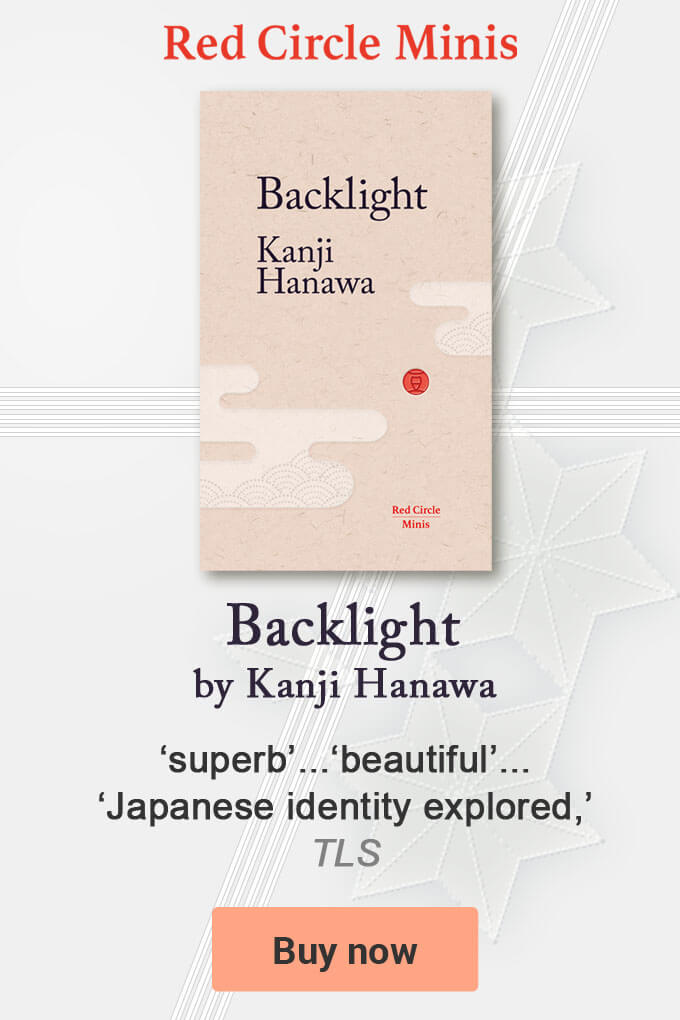- Women Writers
In the 1960s a member of the Japanese Imperial Family started moonlighting as a science fiction author[UPDATED: 8-22-2023]
Princess Fukuko Asaka (1941-2009) started publishing science fiction and fantasy stories in Japanese magazines in the late 1950s under the pen name Bien Fu, and had stories regularly published throughout the 1960s.
One of the Princess’s stories was published in the first issue of Uchujin (1957-2009), an important pioneering science fiction magazine of the period.
The Princess was the Emperor’s second cousin and the granddaughter of the Meiji Emperor (1852-1912), who ushered in the Meiji Era (1868-1912), opening up Japan to the West after more than 250 years of self-imposed isolation. This was a period in which Japan and the Imperial family changed beyond all recognition. In fact, all aspects of Japanese society from the way people dressed and wore their hair, to the types of books that were read and written, as well as the food eaten, were to change dramatically.
In 1969, while in her late 20s, the Princess invited a group of schoolchildren to a former imperial palace to discuss writing and science fiction. One of those students, Takayuki Tatsumi, went on to become a professor of American Literature at Keio University, a prestigious private university in Tokyo. She was the first science fiction writer Tatsumi had met and by all accounts made a lasting impression.
Princess Fukuko Asaka, who lost her official title in 1947 during the post-war occupation of Japan by Allied Forces, published numerous fantasy and science fiction stories throughout the late 1960s and also produced comic strips.
Her work features cyborgs and immortal imperial consorts, and she reportedly empathised with Native Americans, whose position in their country, like her own in Japan, had changed after the arrival of people from afar. She was a vocal champion of their rights and the rights of others threatened with extinction.
According to literary critics and academics, this disinherited noblewoman was a pioneer of both Postmodernism and Science Fiction in Japan, and managed to reinvented herself as an author while also helping to lay the ground for others, especially women writers, and writers of new genres like Japanese Cyberpunk that has subsequently flourished in Japan.

